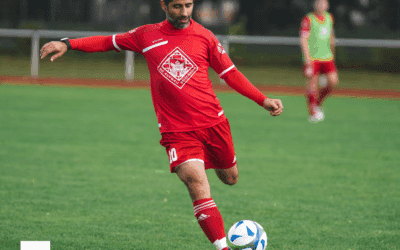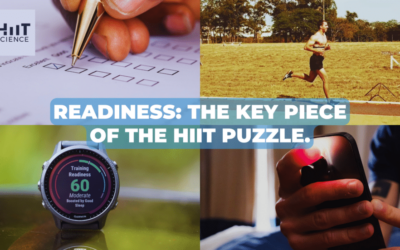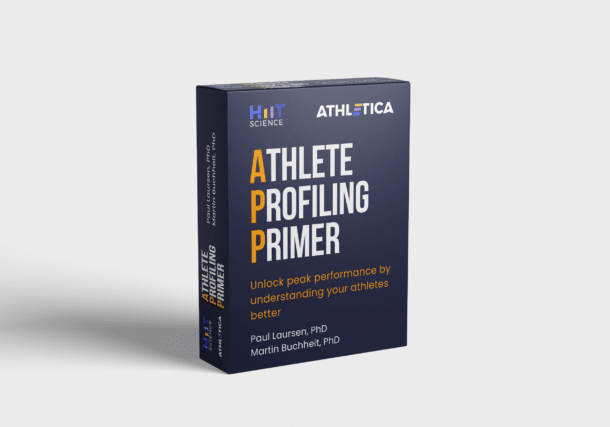Sport researchers, such as academics and PhD students, who undertake applied research projects, naturally hope that their research findings will inform practice and improve sporting outcomes. At the same time, sport practitioners, including coaches and physiotherapists, attempt to professionally develop, keeping their practice up to date by applying the latest research that may aid the success of teams and individual athletes striving to reduce injury risk and improve performance. However, despite both groups having similar goals, as both
Martin and
Paul have written previously, there tends to be a large gap or lag between research and practice (1).
Thankfully, there are ways to effectively juggle both the research and the practice. In this blog post, we will summarise three strategies we have used to bridge the research-practice gap. As this is an ongoing problem, one that is common across all of science, we urge other researchers and practitioners to join in the debate and share their strategies for closing the research-practice gap with us.
What causes the research-practice gap?
The skillsets needed to be an effective researcher or practitioner might be different, but they are related. Both require years of hard work to develop, all the while learning across similar topics in the field. As a result, it’s hard to develop both skillsets to the same level (2).
This can mean that both researchers and practitioners remain in their ‘silos’, and simply get on with ‘research’ or ‘practice’ (3).
Equally, they can find it difficult to communicate with either their research or practitioner counterpart. For instance, researchers work in clean, carefully manipulated conditions, and to much longer deadlines than practitioners, which can make it difficult to translate research into the fast-paced, real-life applied sport context (4). As Martin
discussed previously, this barrier between researchers and practitioners is particularly likely to occur when individuals are ‘ego-oriented’ i.e. unwilling to talk to people outside their community, working to make themselves look strong and powerful and embracing only the science that confirms their existing beliefs (5).
What are the impacts of the research-practice gap?
The gap between research and practice results in several negative consequences in our field, including:
- Academic research could be regarded as somewhat wasted efforts, often without apparent impact demonstrated
- Funding for applied research in the academic setting is reduced
- Practice is not evidence-based
- The professional image of sport is undermined
- Confidence in practitioners is lowered
- Professional development for practitioners becomes limited from the research setting due to a lack of researcher understanding of context and models of best practice
What can be done to bridge the gap?
- Research-informed, practitioner-led interventions
Academics need to publish in high ranking peer reviewed journals to gain status in their field and progress their careers. But if we take a Google Earth perspective on the issue, in fact having real world impact through the application of one’s research to the field is in essence a more essential pursuit. To help with this process, academics need to design their research with their end-users in mind. End-users are often practitioners, and therefore research should involve engagement with practitioners from the outset. This can also help to improve practitioner buy-in with the research process. Then, as the research progresses, stakeholders (i.e. practitioners and perhaps athletes) should be kept up to date. Such engagement by researchers could be achieved by going into the field to communicate their investigative journey, sharing of research outcomes, or even focus groups with practitioners. Such ‘practice field meetings’ (2) could allow for knowledge exchange whereby practitioners help the researchers generate, evaluate and refine theories. Eventually, such a style of work allows for the implementation of changes in the field that are research-informed but practitioner-led, helping to ensure that the changes are useful to the challenges faced in the field on a day-to-day basis.

Knowledge exchange and outside the box thinking are needed to bridge the gap between research and practice
- Priority of applied sports experience in universities
Universities also have a role to play in bridging the gap between research and practise (6). Such institutions should be encouraged to place a higher priority on real sport experience in the graduate curriculum. This would prepare the next generation of researchers and practitioners for the challenges of working in the field of applied sport. It may also help academics understand that knowledge development in sport is an inclusive rather than an exclusive process that must involve those working in the field. It would also give practitioners some of the essential skills required to understand and apply research in their working lives. In a similar vein, grant funders should acknowledge the importance of the real-world application of research in the sporting set-up to ensure these resources impact real-world change.
- Training for existing researchers and practitioners
For those working exclusively as either sports researchers or practitioners, quality training relevant to their context is required for progression. For researchers, this may include field-based training or ‘away days’ alongside athletes, coaches and practitioners. For practitioners, this might involve university-based, conference-style learning experiences alongside researchers. Such experiences give researchers and practitioners the opportunity to become aware of each other’s perspectives and develop a more rounded skillset.
Opportunities for practitioners and academics to network and share ideas should also be encouraged – think about post-game meals, evening knowledge exchange events or journal clubs (7). Such a focus on upskilling existing academics and practitioners could assist to push the scientific evidence forward for the benefit of everyone working in sport. For more on the importance of practitioner and coach co-engagement see Chapter 10 of our book and follow Martin’s original advice to think
‘Outside the Box’ when it comes to the behaviour needed to get ahead in elite sport.

Networking between researchers and practitioners should be encouraged. Photo by Marvin Meyer on Unsplash
Although the research-practice gap is still evident in sport, it is closing and will continue to do so if we acknowledge its existence and work together to build the bridge. However, this will not be easy. Building the bridge requires consistent and frequent two‐way communication, understanding of the work conducted by both researchers and practitioners, and the acknowledgement that both groups have equal importance. Importantly, both groups need to keep ‘egos’ in check if we are to collectively progress our of understanding and optimisation of sport performance (5).
References
- Buchheit, M. (2017) Houston, We Still Have a Problem. International Journal of Sports Physiology and Performance. 12(8). Pp 111-114
- Keegan, R. et al. (2017) Strategies for bridging the research-practice ‘gap’ in sport and exercise psychology. Journal of Sport Psychology. 26(4). Pp 75-80.
- Brussoni M, Towner E, and Hayes M. (2006). Evidence into practice: combining the art and science of injury prevention. Injury Prevention. 373–377.
- Coutts, A. (2016). Working fast and working slow: The benefits of embedding research in high-performance sport. 11(1). 1-2.
- Buchheit, M. (2017) Outside the Box. International Journal of Sports Physiology and Performance. 12(8):1001-1002.
- Coutts A. (2017) Challenges in developing evidence-based practice in high-performance sport. International Journal of Sports Physiology and Performance. 12(6). Pp 717-718.
- Goodfellow, L. (2004). Can a Journal Club Bridge the Gap Between Research and Practice? Nurse Education. 29(3). Pp 107-110.









